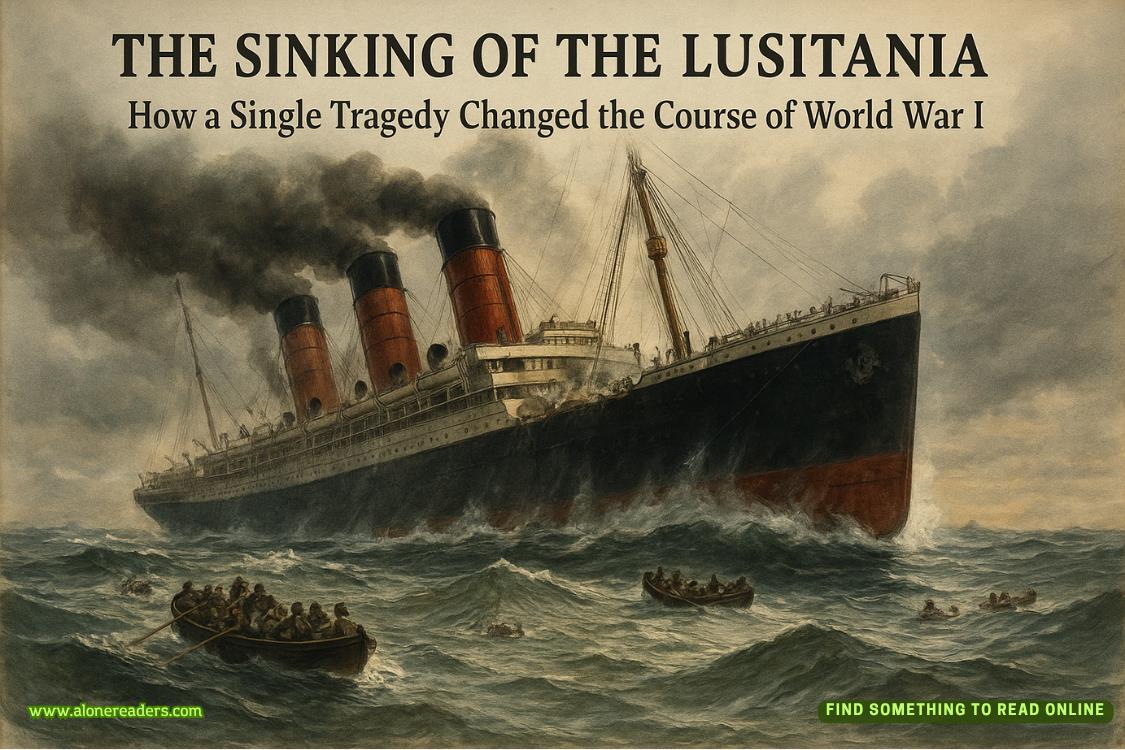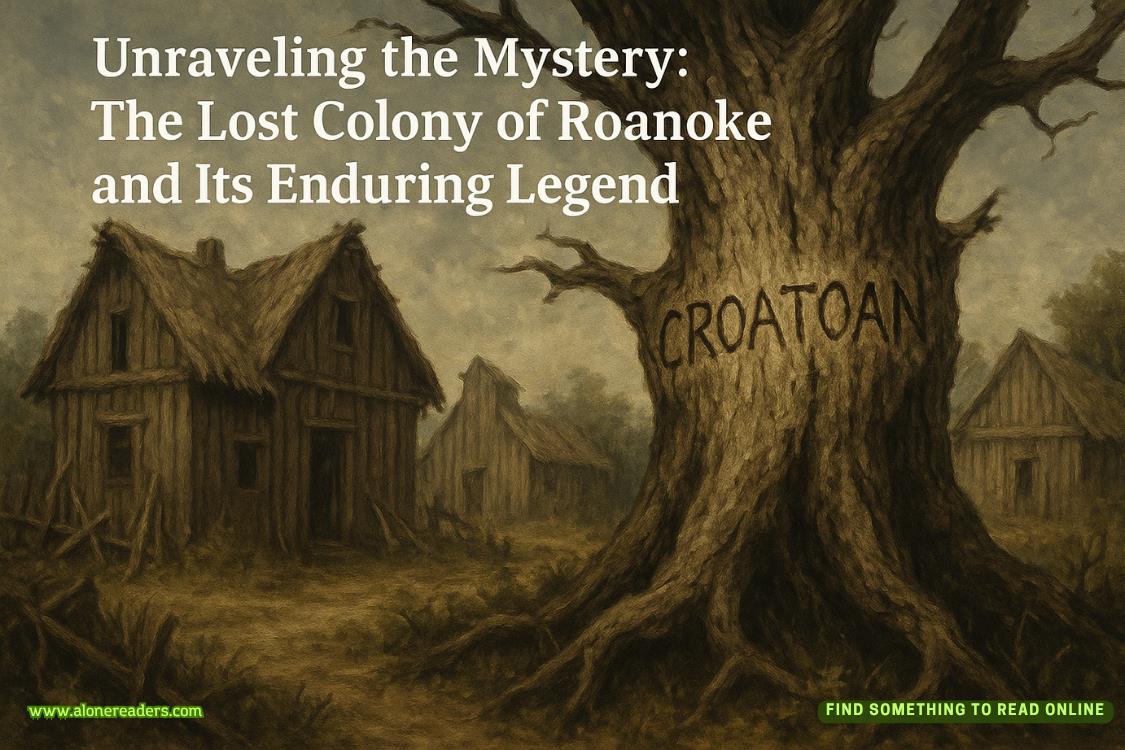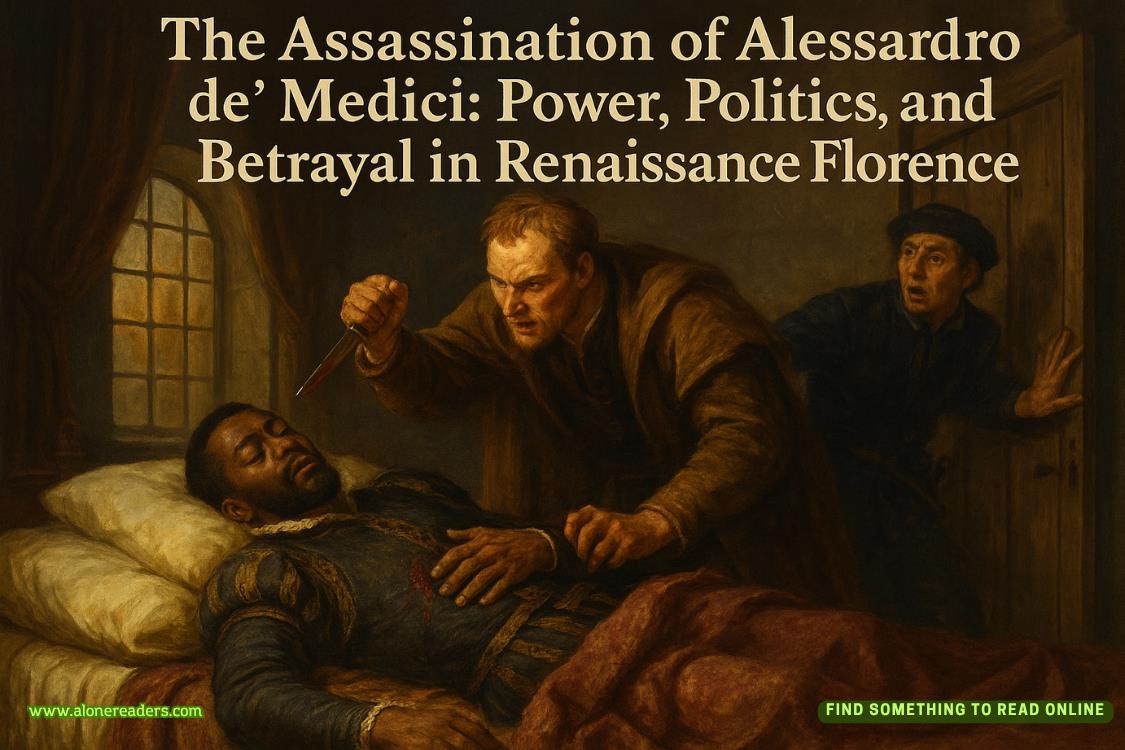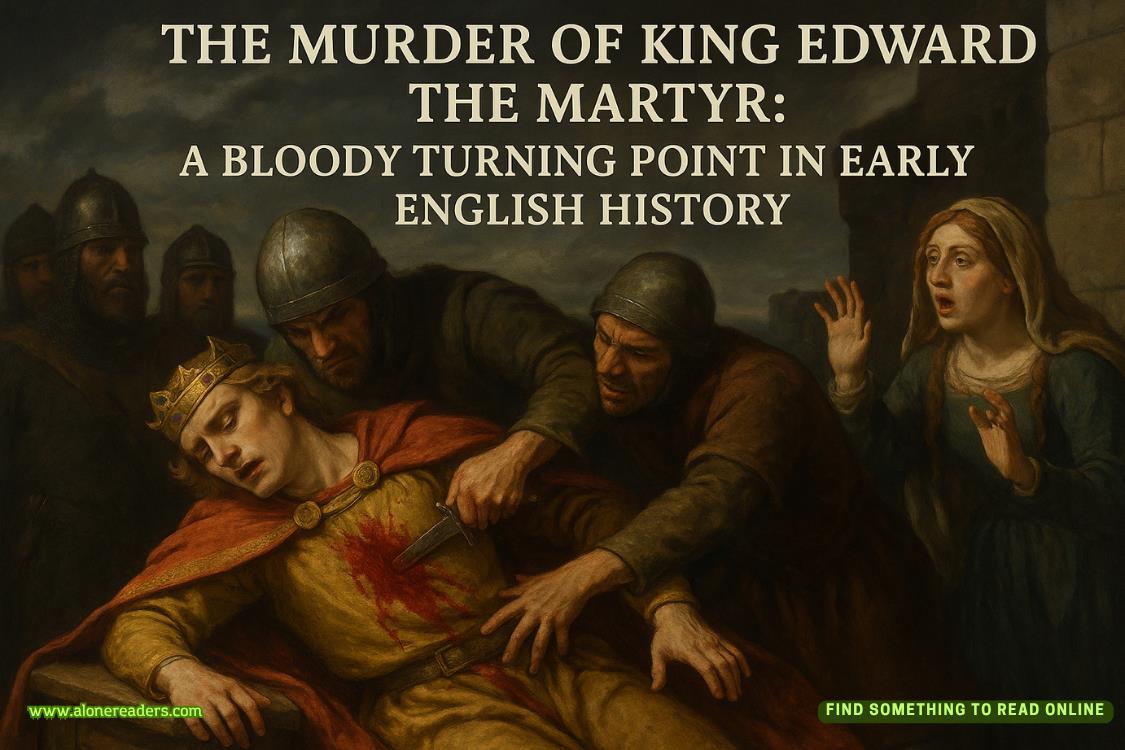Page 119 of A Lot Like Adiós
Since when?The man had troubled Gabe for the first eighteen years of his life and had now shown up uninvited on his doorstep. But they were getting along well, so Gabe didn’t say that. “Come on, Pop. This is literally what I do every day. Let me help you.”
That wasn’t precisely true. Once upon a time, physical therapy was the thing Gabe had done every day. Before his schedule had been consumed by phone calls and emails and meetings, which was exactly why he’d sold. Still, he knew what to do.
“You should let him help you,” Norma said, uncorking the wine. “Never turn down free medical care.”
Esteban sighed, but finally he said, “Okay, you can try.”
“Come on,” Gabe said. “I’ll get a hot compress on you while I set up my table.”
Gabe directed his father to sit on the sofa, then went into the kitchen to pop a hot/cold pack in the microwave for twenty seconds.
“Do a good job, okay, mijo?” his mom said under the cover of the microwave hum.
As the words filtered in, Gabe was able to read between the lines. She wasn’t saying it because she didn’t believe in him, but because she knew he was worried about his father’s response. She wasn’t telling him to do a good therapy session, but to have a good interaction with his father.
Had his mother always been this way? Saying one thing and meaning something else? Why was he only able to see it so clearly now?
Because you’re an adult now, his brain supplied.
Before he’d left at eighteen, Gabe had still viewed his parents through the lens of a child, interpreting their actions only in relation to himself. He hadn’t yet learned to see them as real people. Now, he’d been gone so long, it was like seeing dual images of them: the parents he remembered, and the people—older people—that they were now. He was forced to confrontthe truth that they were fully formed humans beyond their roles as Mami and Papi.
Not only that, they’d all changed during the time apart. His parents seemed much more mellow than he remembered, and Gabe noticed he was better at managing his own emotional responses to them. He didn’t get as riled up as he once had.
“I will, Mami,” he said. The microwave beeped and he removed the hot pack.
And mentally prepared to be alone with his father for the first time in years.
AFTER MOLDING THEpack around his father’s shoulder, Gabe pulled his portable treatment table out of the hall closet and carried it to the bedroom. There was just enough space by the windows to set it up.
It had been ages since he’d used this thing, since he’d worked on someone in his home. As he opened up the table and got it ready, he realized that he’d missed the literal hands-on aspect of physical therapy. He’d been working on the business side for years now, managing other PTs and trainers. And of course, the tables at Agility were maintained by assistants. Gabe couldn’t even remember the last time he’d had to spray and wipe down a treatment table himself. He grabbed a pillow from the bed and called his dad into the room.
“Lie on your back here,” Gabe said, setting the pillow at one end of the padded table.
“Should I take off my shirt?”
“Only if you want to.”
Esteban hesitated, then unbuttoned his plaid shirt and drapedit over the closet doorknob. He sat on the table and seemed to test it for sturdiness before stretching out on his back.
Gabe had always known he took after his dad, but it was weird to get a glimpse of what he’d look like in thirty years. Esteban was still pretty fit, but his chest hair had gone gray and his skin had changed. His shoulders sloped more than they had before. Gabe noted the small changes with the eye of a physical therapist: the curve of the spine, the angle of the neck, the tilt of the pelvis, the swelling in his dad’s hands. Gabe would have bet his entire business—if he still had it—that his father had more pain than just in his shoulder, but of course Esteban would never admit it.
Well, Gabe would start where he could, with the pain his father couldn’t hide or ignore. Beyond that... well, they’d see. He lotioned up his hands and got to work.
“The shoulder consists of three bones,” Gabe explained as he explored the area with his hands. “Together, they make a ball-and-socket joint.”
Years of training took over as he palpated the joint, gently moving his father’s arm to observe the range of motion. He asked questions in a low voice as he worked. “Does this hurt? Can you move it this way?” And mentally noted his father’s answers.
Once he’d assessed the issue, Gabe moved into a combo of manual therapy and soft tissue mobilization, coaxing the muscles and tendons to release tension.
As always, Gabe went into the zone as he worked, the back of his mind wandering as his fingers and hands found the physiologicalconnections in a patient’s shoulder and encouraged them to relax.
But this wasn’t just any patient. This was his father. In his mind, their complicated history merged with the present moment, his awareness of his father’s body, his ability to visualize what was going on beneath the skin through touch and years of education. Gabe found the pain points and channeled his own energy into releasing them, which made it sound magical, but it was really just about his movements helping someone else move better. It was the thing that had drawn him to PT all those years ago while recovering from his knee injury. Gabe had been fascinated by the way the sports doctor had explained the connections in the body and how to release pain and tension, as well as how much better he felt and was able to move after what he’d initially called “torture sessions.” How could jabbing your fingers into a joint release swelling? He’d been determined to find out, and it had changed the course of his life.
The intersection of pain and movement, the absolute beauty of the human body’s inner workings, the ability to help people through touch, had set Gabe on this path.
“Ow,” his dad grumbled.
Gabe suppressed a smile. “Hurts?”















